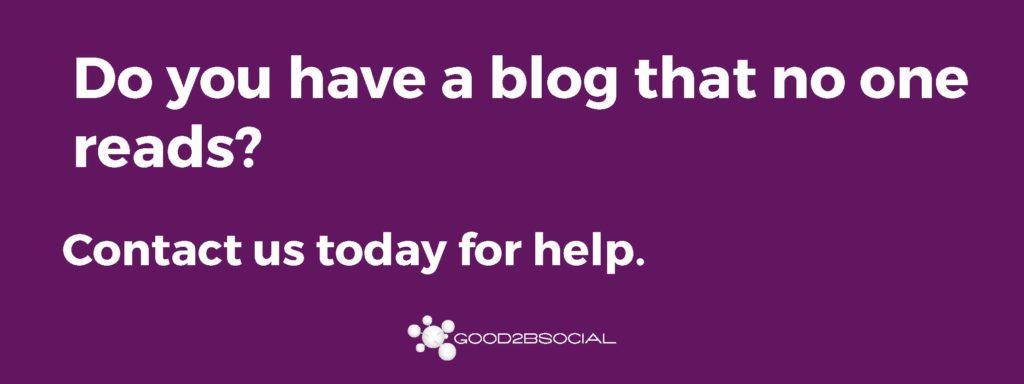
Podcast Ep. 94: Disrupting Stereotypes in Workplace Communication
In this podcast, Susan Freeman, the CEO of Freeman Means Business, talks about understanding gender-based communication to combat gender bias.
Podcast Show Notes
The mission of Freeman Means Business is to create equity in the workplace. Susan’s goal is to help women in business communicate effectively with the world — and to help men communicate effectively with women in business. Susan has worked with some of the most prestigious law firms and financial services institutions in the world. Susan is the co-author of the book, “The Ultimate Women Associates’ Law Firm Marketing Checklist.” She has been published in California Lawyers Association and most recently, for “Legal Business World.”
Connect with Susan on the Freeman Means Business website.
Why do men and women have such trouble communicating effectively?
I always refer back to Dr. Deborah Tannen and her findings started about boys and girls on the playground. Those playground rules turn into patterns in the workplace. Women and men communicated differently on the playground as well as in corporate settings. Boys were striving for status and girls striving towards social connections. Girls may not want to be seen as bossy so they are more inclusive and accepting of others. We carry those labels from the playground into our adult lives and into the corporate world.
How much more likely are men to ask for a raise than women?
While we may assume that men ask for more raises than women, women in fact request promotions and raises at about an equal rate. The difference is that they don’t receive those promotion approvals as often as men do. A common misconception is that women do not speak up for themselves when in reality they are just not being heard. This comes from an idea called Muted Group Theory. This can apply in any corporate setting.
What does it mean when a woman suggests an idea in a meeting and it falls flat and a few minutes later, a man suggests the same idea and gets an enthusiastic reaction?
It simply comes down to two words: stolen ideas. Compared to women, men talk more, make more suggestions, speak over each other (especially women). While even if it’s unconscious, more colleagues – men and women – need to be standing up for those who are being interrupted and whose ideas aren’t being heard.
What is the difference between diversity and inclusion?
Most people at law firms don’t truly see the difference between diversity and inclusion. I love this quote by Verna Myers: “Diversity is being invited to the party; inclusion is being asked to dance”. Diversity concerns the differences amongst employees in religion, ethnicity, gender, physical ability, nationality, and age whereas inclusion is actually valuing those differences. Are the attorneys behind the curtain as diverse as they advertise on their brochures and pamphlets? Do they have minorities in higher positions? There are studies that reveal that despite seeming like diversity and inclusion have been made a priority, there has been little change seen. I think that inclusion strategies are what firms need to start implementing in the workplace.
What can organizations do to combat bias?
The first step is awareness. Many people can identify and relate to the lack of inclusion at work but few actually speak up or help raise awareness for those who do. I encourage those who want to work on combating bias to break out of their bubble and raise awareness.
Next, what your firm could do is set up clear criteria in advance to evaluate employees. If performance evaluations did not specify the gender of the employee, then all employees are evaluated at an equal playing field and can be awarded accordingly. You may even consider removing the slot of a name and go with an employee ID instead to remove any possibility of the employee being discriminated against based off their name. I highly encourage you to scrutinize the criteria that you are using in these evaluations. Ask yourself, are you seeing tangible results based on this person’s evaluation or are you judging them based off of your perceptions from their gender? Are these factors that they are contributing to important to benefiting or growing the firm? Hold decision makers accountable and get clear explanations for their decisions. Although it may be uncomfortable, it is an important part of raising awareness and being an ally to those who face bias. You may learn that you have better alternatives.
Another thing you can do is increase transparency at your firm. Be clear about the roles that are being held and that your firm is a place that allows and encourages diversity and inclusion. Host workshops at your firm with employees of all levels. These workshops should focus on not only diversity but also educating and encouraging inclusion.
Takeaway
By embracing curiosity, our clients learn more about various communications gaining the tools they need to attract, retain & expand relationships with colleagues and clients, creating equity in the workplace — and the world! I urge you to question what “fitting in” means and challenge yourself to start embracing differences rather than just tolerating differences. Engage in curiosity, don’t just give them “a chance”. Actually embrace someone who is different from you and learn from them.
Are you ready to get started generating new, qualified leads?
Contact us to get started and let us help you energize your digital marketing and business development efforts.
Contact Us

